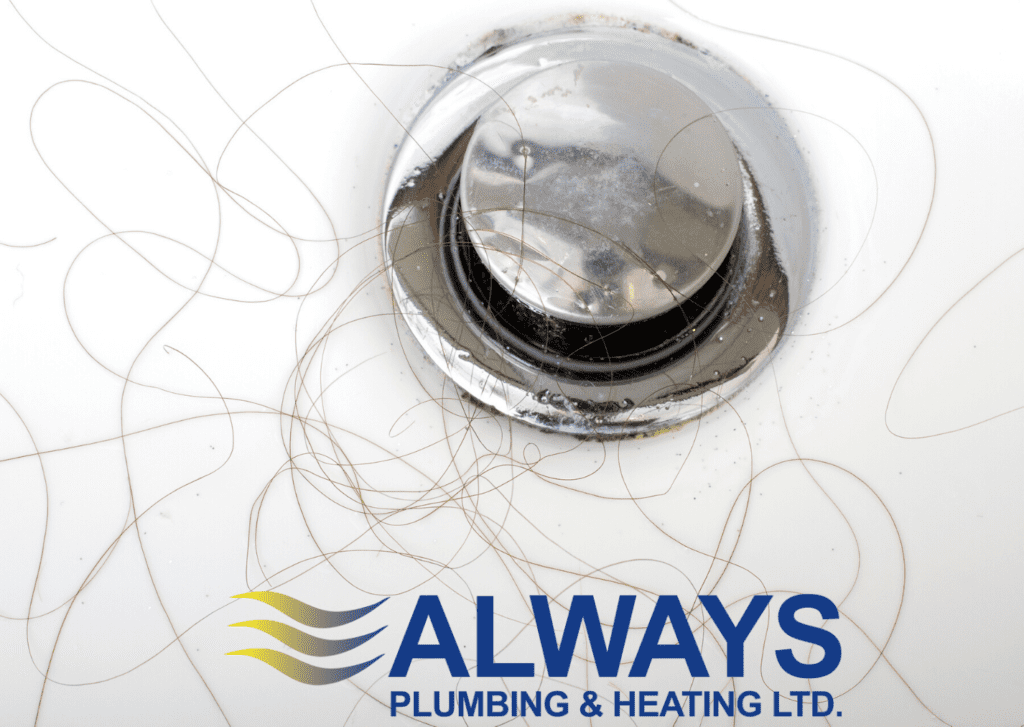Clogged drains are a common household problem. Knowing how to keep your drains clear will keep your pipes healthy and reduce your need to call a plumber for sluggish drains or water backup.
Follow these tips to limit what you put in your drains
- Do not put food, coffee grounds, or grease down your kitchen drains.
- Pour grease into a container and dispose of it in the trash.
- Cover your tub and shower drains with a mesh screen or perforated hair catcher. This will collect hair and let the water run through.
- Brush your hair before you shower, to remove loose hair and reduce the amount going down the drain.
- Don’t flush anything down your toilet other than toilet paper and human waste. Paper towels, feminine products, dental floss, and disposable wipes should go in your trash bin.
- Read our guide on 15 things you should never put in your garbage disposal.
Try these tips to remove clogs before you call a plumber
- Remove the drain stopper, clean it, then reassemble it.
- Use a plunger to form a seal, push in and pull out, forcing water to move in the pipes. If the clog is in a sink, run a couple of inches of water before using the plunger.
- Clean your P-trap. This is the U-shaped pipe under your kitchen and bathroom sinks. Place a bucket under it to catch water and debris before opening your P-trap.
- Do not use chemical drain cleaners! These will just loosen up the debris and push it further down in your home’s plumbing and may cause more problems including burst pipes and sewer backup. They are also highly corrosive and can seriously damage your pipes.
Maintain your homes plumbing by manually cleaning your drain stopper once per week to remove hair and debris. Use a biodegradable and non-corrosive drain cleaner once per month to keep your drains clean. We recommend using Bio-Smart, which you can purchase from Always Plumbing & Heating and use yourself for preventive maintenance. Preventing clogs before they occur is the best way to keep your drains clear year-round.
